What is a Machine Vision Light?
Machine vision light sources are lighting devices designed specifically for machine vision systems to enhance image contrast, reduce shadows, and ensure color consistency by providing the right amount of light. These light sources are essential for improving image quality, reducing detection errors, and increasing productivity. They typically include fluorescent, quartz halogen, LED, metal halide, and xenon lamps, each with its specific application scenarios and benefits to suit different industrial inspection and quality control needs.
Here are some key characteristics and features of Machine vision light:
Brightness and Intensity Control: Machine vision lights often feature adjustable brightness and intensity, which allows for fine-tuning the light output to match the specific requirements of different imaging conditions and applications, ensuring optimal image capture.
Uniformity: They provide uniform illumination across the entire field of view, which is essential for maintaining consistency in image analysis and preventing misinterpretations by the vision system due to uneven lighting.
Color Consistency: High color consistency in machine vision lights ensures that the colors captured in images are accurate and reproducible, which is critical for applications where color accuracy is paramount.
Spectral Compatibility: Machine vision lights are designed to emit light within specific wavelengths that align with the spectral response of the camera sensors used in the vision system, ensuring that the colors and details in the images are accurately represented.
Beam Angle and Pattern: A variety of beam angles and patterns are available with machine vision lights, such as diffuse, ring, or spot lighting, which can help in highlighting features or reducing glare, depending on the application's needs.
Stability: They offer stable light output over time, which is crucial for maintaining the reliability of the vision system's analysis and ensuring that the lighting conditions remain consistent for accurate inspections.
Durability and Long Life: Machine vision lights, especially those using LED technology, are built for longevity and durability, reducing the need for frequent replacements and minimizing downtime in industrial applications.
Cool Operation: Many machine vision lights are designed to operate without generating excess heat, which is beneficial for applications where heat could affect the process or the product being inspected, thus maintaining the integrity of the inspection environment.
Control Options: Some machine vision lights come with advanced control options, such as dimming and strobing capabilities, which can be synchronized with the camera's exposure to capture images at specific moments, enhancing the system's ability to capture the right image at the right time.
Energy Efficiency: Modern machine vision lights, particularly those utilizing LED technology, are energy-efficient, reducing the overall energy consumption of the vision system and contributing to cost savings and environmental sustainability.
Machine Vision Light is widely utilized in the manufacturing industry to maintain the integrity of imaging systems and enhance processing efficiency. They are specifically designed to resist high temperatures and abrasive wear, protecting both the tool and machine components from rapid aging. These lights are particularly effective during sudden stops in operation or when dealing with hard materials, as they help stabilize the imaging process by maintaining a clear field of view and preventing damage to the imaging equipment. The precision molding and wear-resistant characteristics of Machine Vision Light contribute to preventing tool failure and maintaining consistent imaging quality. They ensure a smooth and controlled material inspection process, which is crucial for the high-precision manufacturing of intricate components. By providing optimal lighting conditions that meet the three acceptance criteria consistently—maximizing contrast on features of interest, minimizing contrast elsewhere, and ensuring robustness—they play a pivotal role in various inspection scenarios.
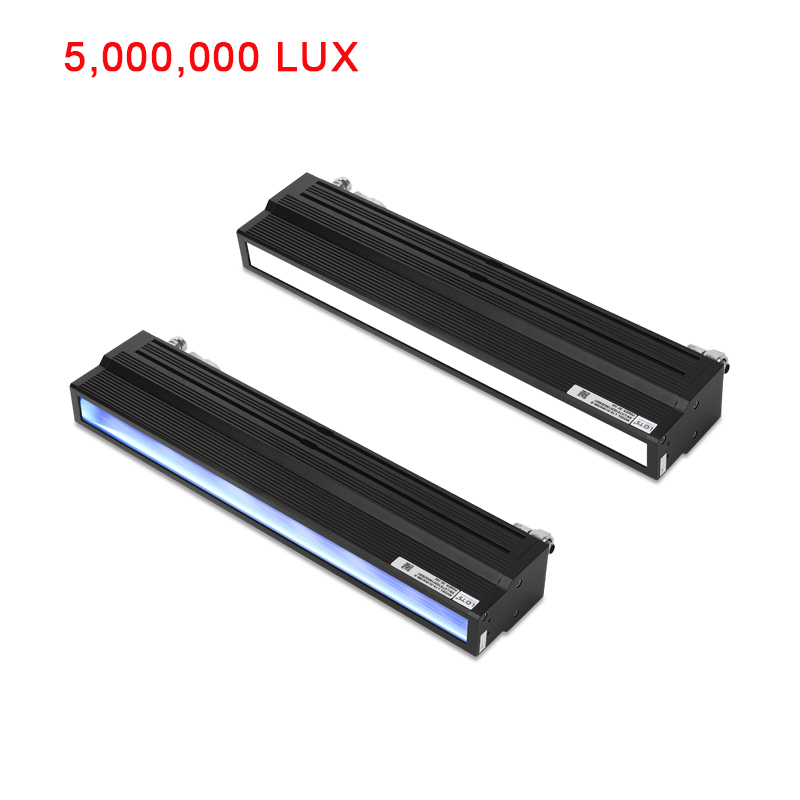
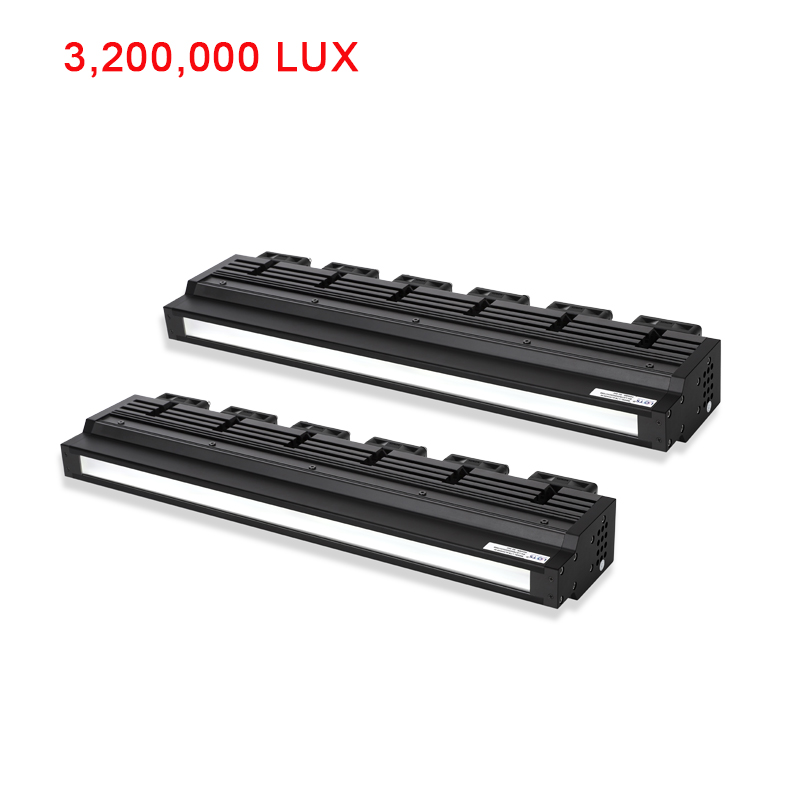
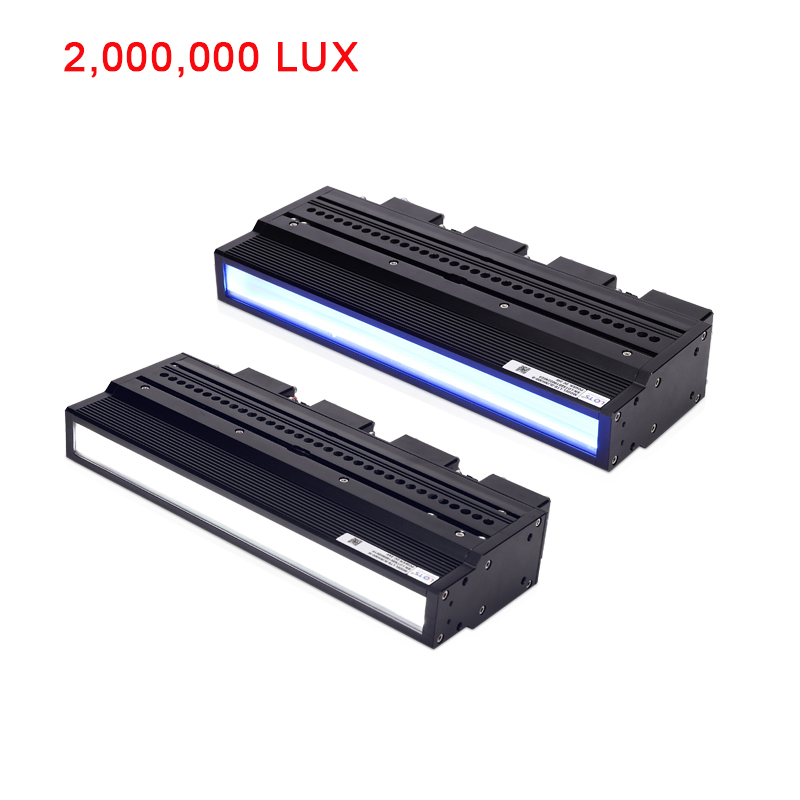
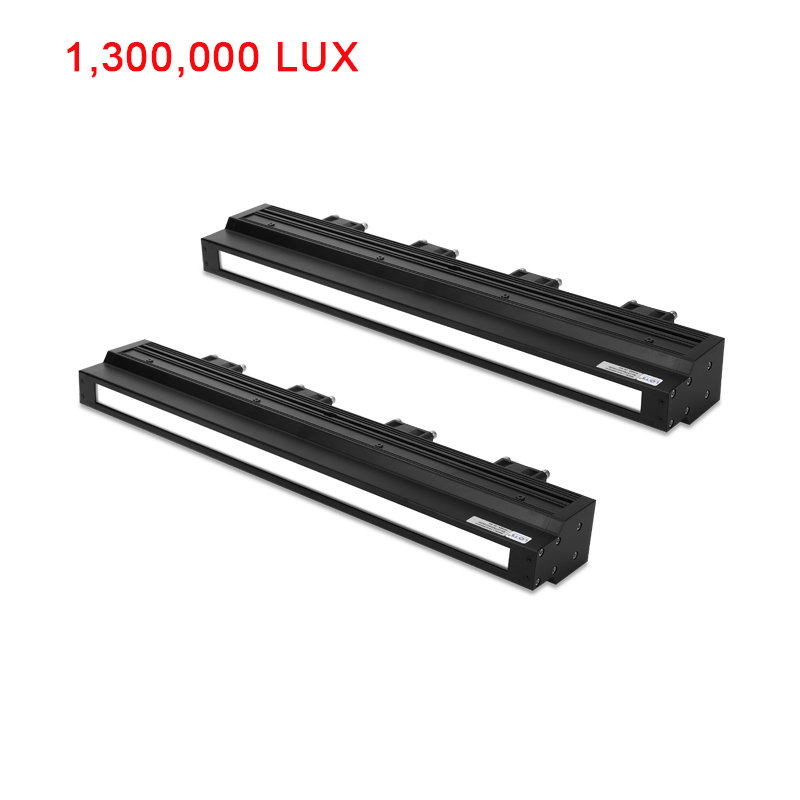
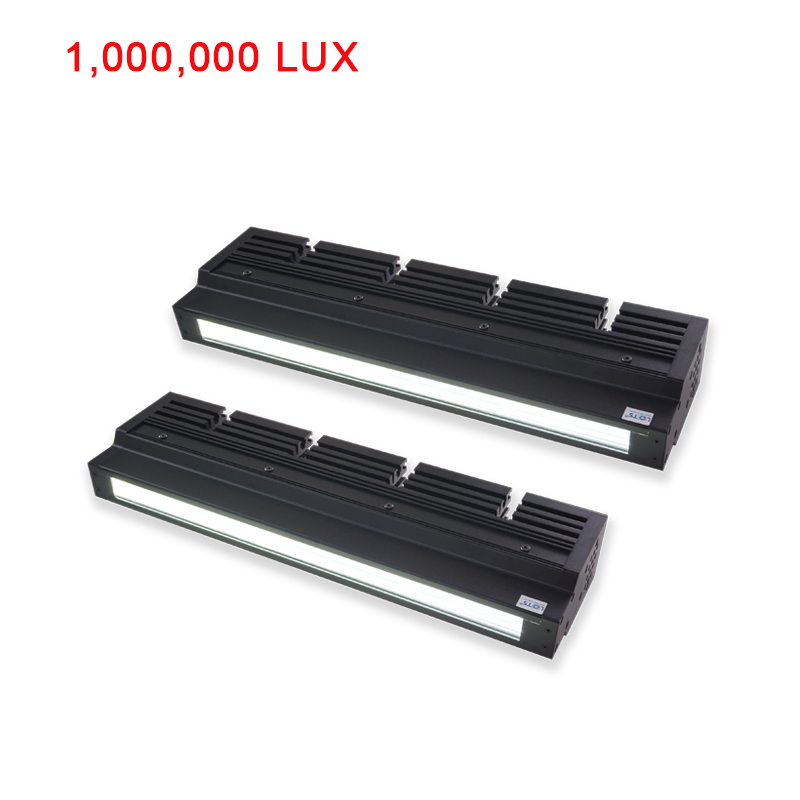
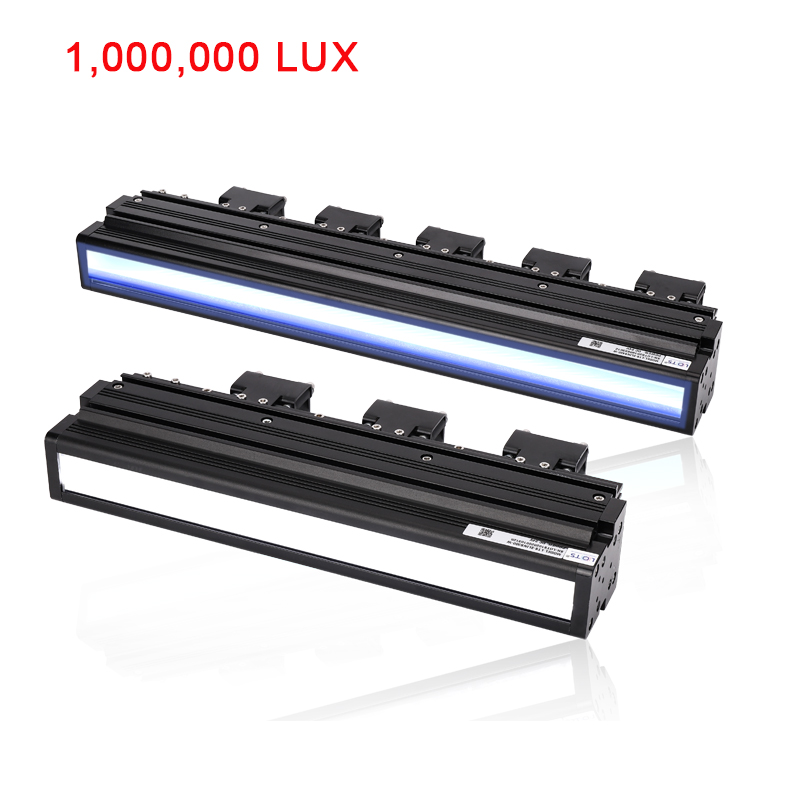
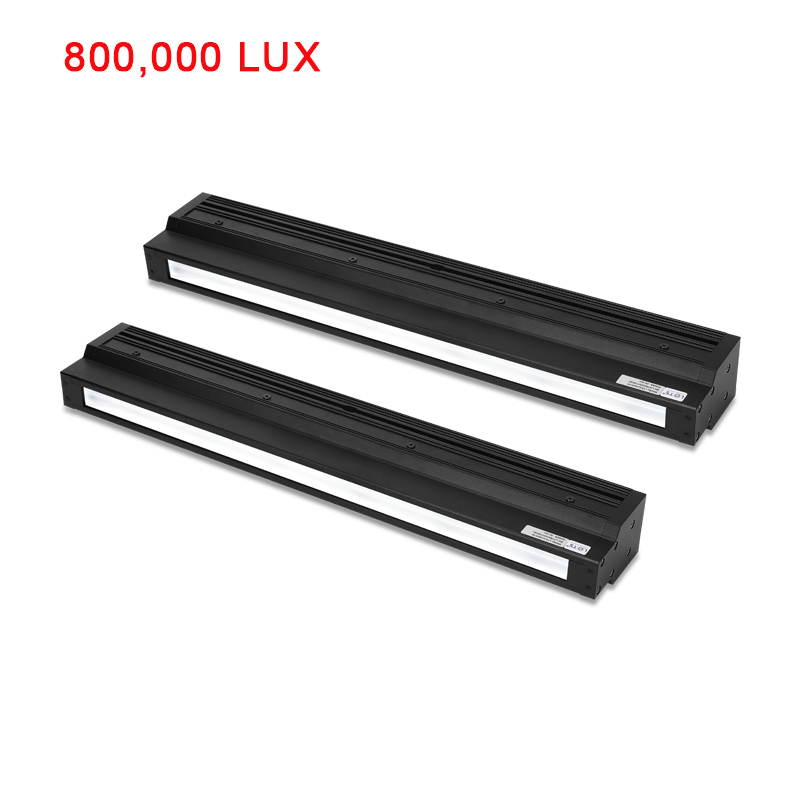
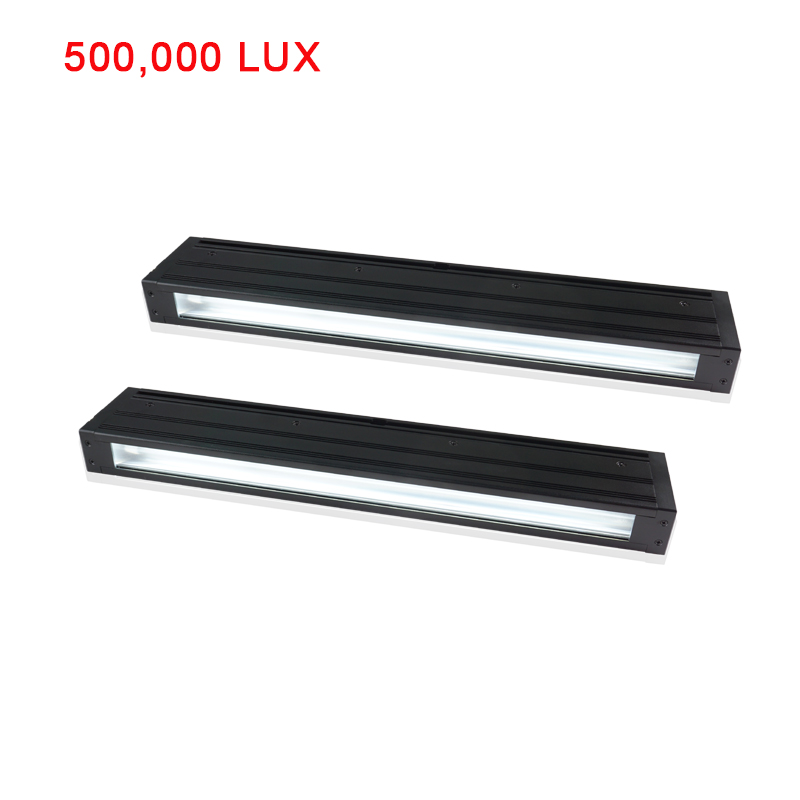
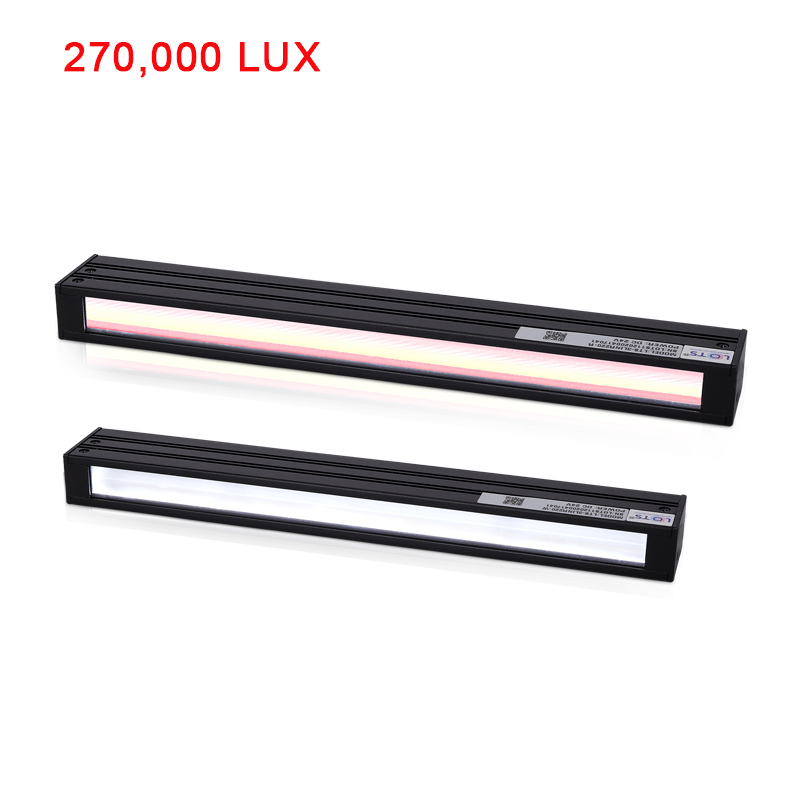
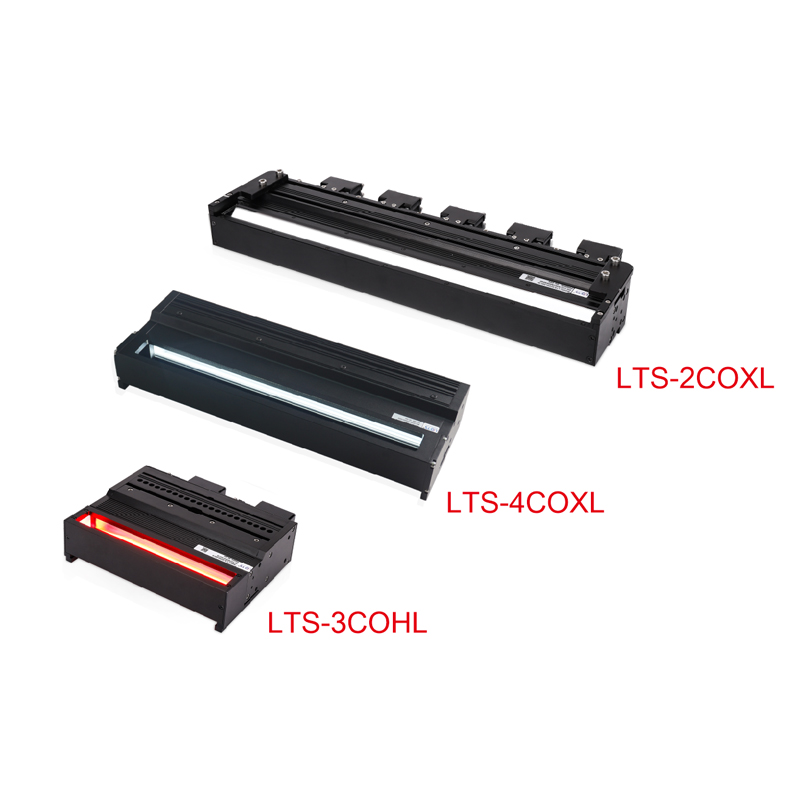
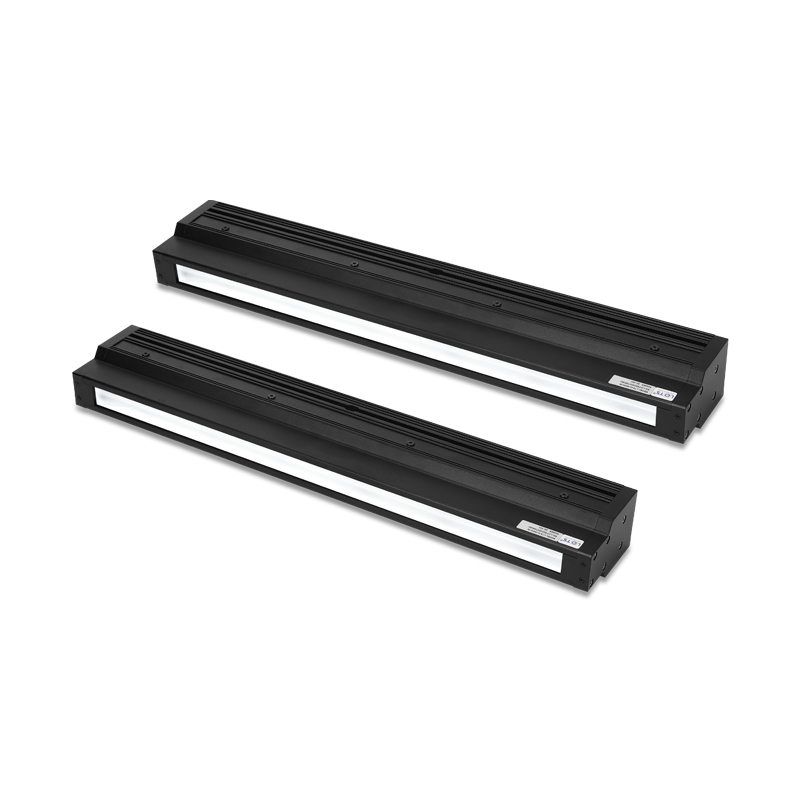
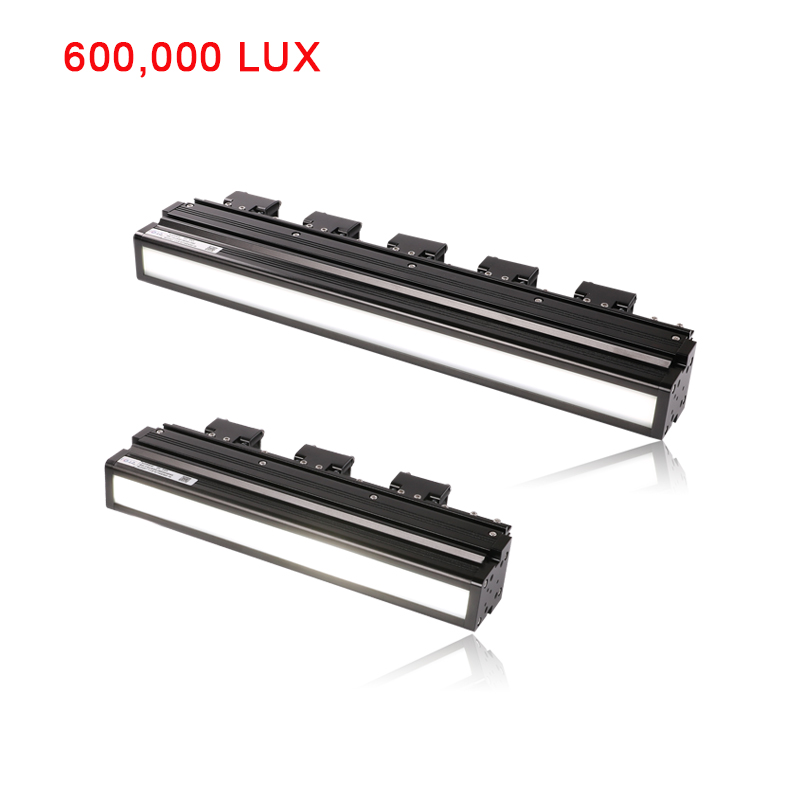



 Ms.Cici
Ms.Cici 
 8618319014500
8618319014500